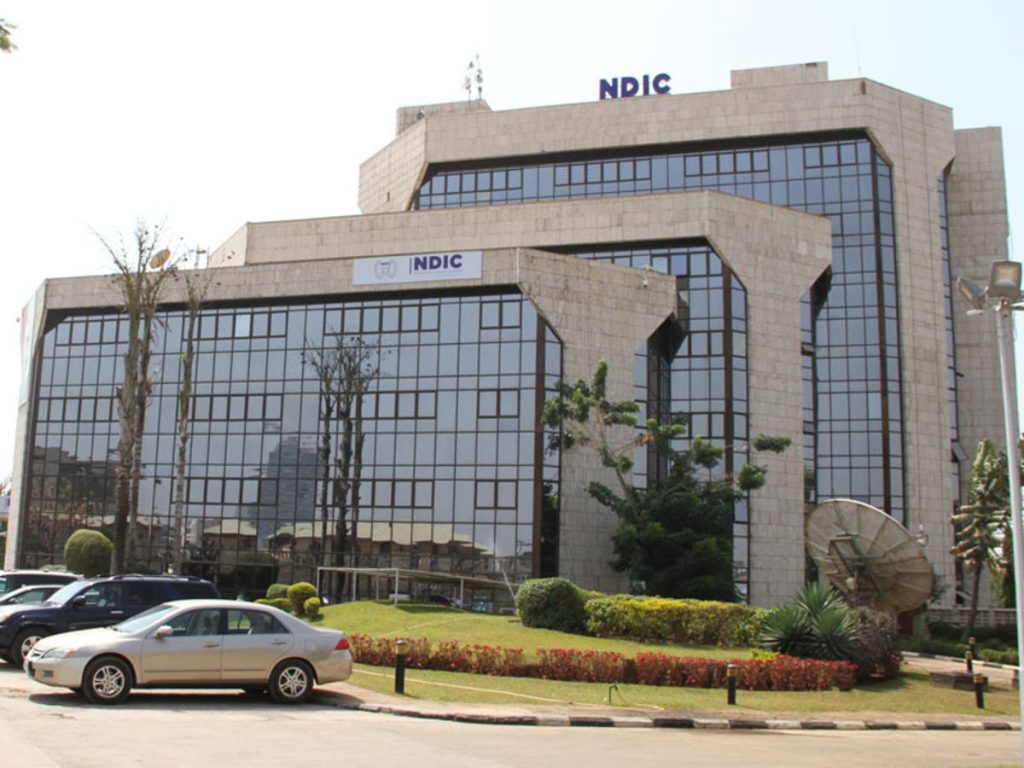Opinion
At 34, NDIC Protects Bank Depositors From Bankruptcy

By Salisu Na’inna Dambatta
The establishment of the Nigeria Deposit Insurance Corporation (NDIC) on June 15, 1988, about 34 years ago, has raised public confidence in the country’s financial sector, particularly the banking industry. This is because over the years, the NDIC has provided protection for deposits in banks and other financial institutions. It has also sanitized the banking sector through constant surveillance and rigorous risk assessments. That is why the likelihood for the return of Failed Banks Tribunals is minimal.
Indeed, the NDIC has taken Nigeria away from the era of total loss of money in failed or closed banks to an era of protecting depositors’ money through proactive and orderly liquidation of stressed, insolvent or banks that failed to recapitalize. The Managing Director of the NDIC, Alhaji Bello Hassan said reassuringly that, 99 per cent of depositors’ money in banks and other financial institutions are 100 per cent insured with the N500, 000 insurance cover provided by his organisation.
History shows that bank failure due to multiple reasons is not a recent phenomenon. Between 1950 and 51, out of the 18 banks founded in that period, 17 collapsed within months. And records at UK’s National Archives, London, show that bank failure in Nigeria occurred in the 1930s when the Industrial and Commercial Bank failed followed by the collapse of the Nigerian Mercantile Bank in 1936 and that of the Nigerian Penny Bank in 1946 banking collapse went haywire in the 1990s, causing anguish and pauperization among depositors.
Severely stressed or unviable banks were so numerous between 1998 and 2006 that, the NDIC published a list of 45 banks that that were closed down in the period. The list started with Abacus Merchant Bank Ltd which was closed on January 16, 1998 and ended with Liberty Bank Plc. that was shuttered on January 16, 2006.
The NDIC said at the time that the 45 closed financial institutions did not include the names of other banks the licenses of which were revoked by the Central Bank of Nigeria. The NDIC waited for the Federal High Court to issue winding up orders and appoint it as liquidator for the banks.
A more traumatic bank closure, failure or insolvency occurred in 2019 when the Central Bank of Nigeria (CBN) revoked the operating licenses of 182 other financial institutions in the country. Out of the 182 affected institutions, 154 were microfinance banks; six were primary mortgage banks and 22 finance companies. The NDIC saved most bank account holders from bankruptcy because their deposits were insured.
Data from deposit insurer indicates that, from its inception in 1988 to February 2020, the Corporation has liquidated a total of 425 financial institutions in the country. These comprise 51 Deposit Money Banks, 325 Micro Finance Banks and 51 Primary Mortgage Banks. Subsequently more banks and other financial institutions were closed.
Through its novel Bridge Bank option the NDIC had prevented a systemic crisis in the banking and financial sector. It secured N1.021 trillion deposits; ensured depositors had access to their money and saved over 12,667 banking jobs. Services to customers continued in over 877 branches of the affected banks. Thus, thousands of individuals, corporate entities and families were saved from imminent bankruptcy, financial ruin and economic penury.
The NDIC says massive insider abuses by owners and staff caused the failure of many Deposit Money Banks in the country. Other factors were weak board of Directors’ structure, poor corporate governance, inadequate risk management processes, insufficient capital, weak regulatory surveillance and poor supervisory measures.
Salisu Na’Inna Wrote From Dambatta, Kano State





